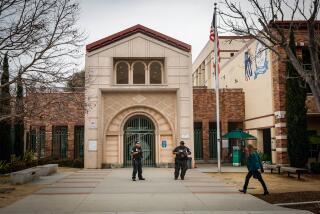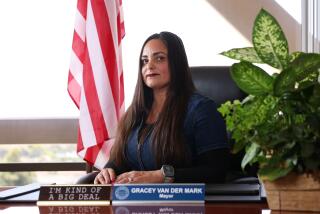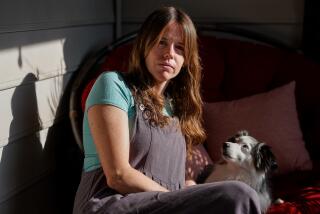Getting the Right Picture : Child-pornography laws should hurt pornographers, not legitimate photographers
- Share via
The protection of children from sexual abuse took a big step forward with a state law requiring professionals most frequently in contact with children--teachers, pediatricians, child counselors and others--to report suspected cases to authorities. There was good reason to add photo lab technicians to that list in 1988 because they come in contact with pictures of children that may reveal sexual abuse or child pornography.
But now, pictures of a 12-year-old girl taken by Laguna Beach photographer Marilyn Lennon have been seized after an Irvine lab gave them to police. After reviewing the pictures of the girl--nude from the waist up but not suggestively posed--Irvine police declined to prosecute Lennon. The pictures, taken in Santa Fe, N.M., are now with police there.
Here’s a case--much like the much-publicized one involving San Francisco fine-arts photographer Jock Sturges--that shows the need for clarifications in the law. They are needed to ensure that legitimate photographers are not subjected to unreasonable intrusions. The Sturges case involved federal authorities, but it turned on the same legal principle as that addressed in the state law; nearly two years after the FBI seized much of Sturges’ equipment and negatives, a grand jury refused to indict him. To lose one’s means of livelihood for two years clearly is an intrusion.
In San Francisco, professional photographers and lab technicians have organized to address the problem of how to help labs avoid confusing illegal pornography with legitimate pictures like Sturges’ and Lennon’s--or even with what are known as “bear-rug pictures,” the nude photos many proud parents take of their own children. This group works with a local child protection agency to better define for lab technicians the type of photography that the law is aimed at. Surely such training would be helpful statewide.
However, more is needed. A section of the state law requires labs to turn over pictures that show genitals or pubic or rectal areas “for the purpose of sexual stimulation of the viewer.” That standard is too vague. Who knows what will stimulate pedophiles? More specific guidelines are needed so that the door is not wide open to investigative intrusions on legitimate art photographers.
This is also important because--as the photo lab involved in the Sturges case learned--turning over pictures to the authorities can damage a lab’s reputation and business. It would defeat the purpose of the law if labs hesitated to alert authorities because they feared financial consequences.
A better-written statute would help. And that could only serve to better protect children.
More to Read
Sign up for Essential California
The most important California stories and recommendations in your inbox every morning.
You may occasionally receive promotional content from the Los Angeles Times.










